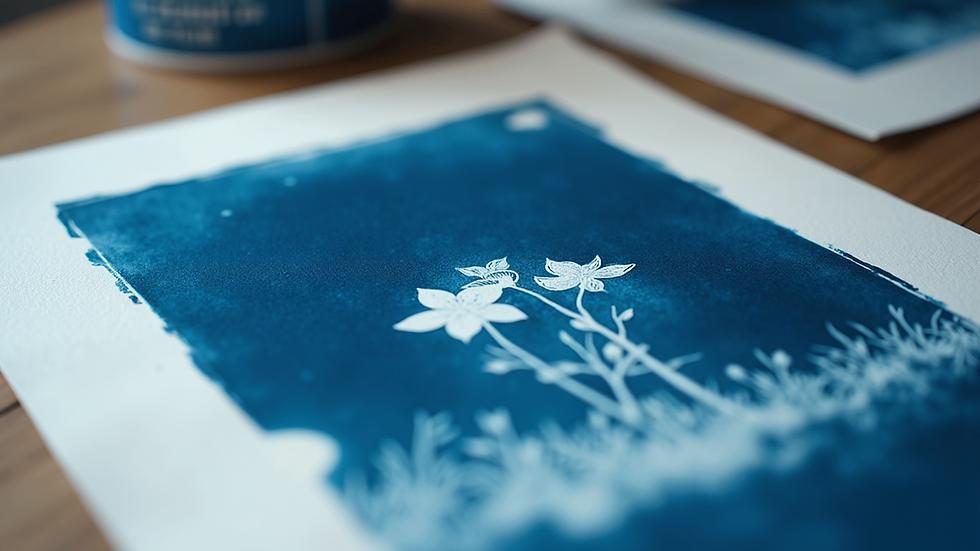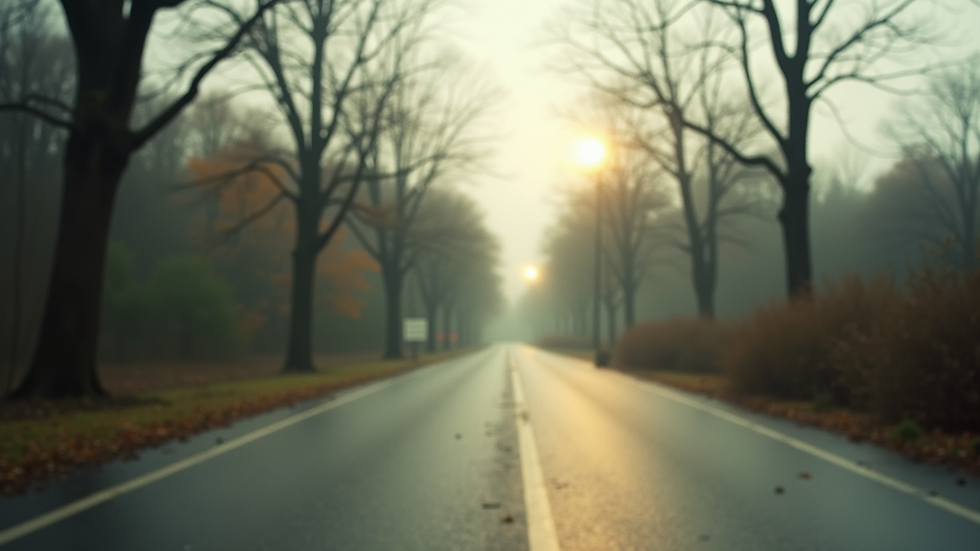Exploring Alternative Photography Techniques
- Paul Benson
- Jun 16
- 4 min read
Alternative photography is a creative approach that breaks away from traditional techniques. It invites photographers to experiment with various processes that challenge and expand the norms of image-making. Whether you are a beginner or an experienced photographer, exploring these unique methods can open new avenues for expression and artistry. In this blog post, we will delve into what alternative photography is, introduce some popular techniques, and provide tips to get started.
Understanding Alternative Photography
Alternative photography encompasses a wide range of techniques that differ from conventional photography. It often involves unique processes, materials, and tools, which makes each photograph a work of art in itself. While traditional photography emphasizes realism and precision, alternative techniques often embrace imperfection, abstraction, and a more experimental aesthetic.
These methods date back to the 19th century when photographers like Henry Fox Talbot and Louis Daguerre developed early methods. Today, alternative photography combines historical processes with modern creativity, allowing photographers to develop personal styles.
Popular Alternative Photography Techniques
There are many different alternative photography techniques to explore, and each has its own unique charm. Below are a few of the most popular methods you might want to try.
1. Cyanotype
Cyanotype is a printing process that produces a cyan-blue print. This method involves coating paper or fabric with a light-sensitive solution of ferric ammonium citrate and potassium ferricyanide. When exposed to sunlight, the coated surface darkens, creating a rich blue tone.
To get started with cyanotype, you don’t need a darkroom. You can easily do it outdoors. Gather your materials, including a few interesting objects or botanical elements to create photograms, also known as "sun prints." Lay the objects on the sensitized paper, expose it to sunlight, and rinse it in water to reveal the stunning blue images.

2. Pinhole Photography
Pinhole photography is one of the simplest forms of photography, requiring no lens or advanced equipment. Essentially, it involves creating a small aperture (the pinhole) in a light-tight box, allowing light to enter and create an image on film or photographic paper.
To create your pinhole camera, you can use any box, such as a shoebox or even a soda can. Make a small hole in one side, and on the opposite side, place a piece of photographic paper. Aim your camera toward a scene, and expose for several seconds or minutes, depending on the lighting conditions. The end result will be a soft-focus image with a distinct perspective.

3. Salt Printing
Salt printing is one of the oldest forms of photography and was first created by Fox Talbot in the 1830s. The process uses salt and silver nitrate to create images on paper, resulting in unique and sometimes unpredictable outcomes.
To start salt printing, mix table salt with water to create a saturated solution, which will be applied to your chosen paper. After letting the paper dry, coat it with silver nitrate in a dim light. Afterwards, expose it to UV light or sunlight to develop the image. Remember that salt prints can yield a variety of tones and textures, making them truly one-of-a-kind.

Tips to Get Started with Alternative Photography
Now that you have an idea of a few alternative photography techniques, it’s time to get started. Here are some practical tips to help you dive into this creative realm effectively.
1. Start Simple
If you're a beginner, choose a method that requires minimal materials and equipment. Techniques like cyanotype or pinhole photography can be a great starting point as they rely on basic supplies that are often readily available.
2. Use Natural Light
Many alternative photography processes thrive in natural light. Experiment with different times of the day to see how sunlight affects your images. The golden hour, just after sunrise or before sunset, can provide beautiful lighting conditions for your work.
3. Embrace Mistakes
One of the hallmarks of alternative photography is its unpredictability. Rather than striving for perfection, embrace the imperfections and unexpected results. Often, the best images come from happy accidents or unforeseen occurrences during the process.
4. Experiment with Materials
Don’t be afraid to step outside of conventional materials. Alternative photography encourages experimentation, so consider using different types of paper or adding textures to your prints. You can even incorporate natural elements like leaves, flowers, or sand to enhance your work.
5. Document Your Process
Keep a journal of your experiences, materials, exposure times, and thoughts during each project. This record will not only help you refine your techniques but also deepen your understanding of what truly resonates with your artistic vision.
The Influence of Digital Technology
In today's digital age, alternative photography can be seamlessly integrated with modern technology. Many artists combine traditional methods with digital editing tools. For example, you could create a cyanotype and then scan it to manipulate the colors and contrast digitally.
By marrying analog and digital techniques, photographers extend the boundaries of what is possible, merging the tactile qualities of alternative processes with the versatility of digital platforms.
Engaging with a Community
Joining a community of alternative photographers can inspire you and provide valuable insights. Many cities have local photography clubs, while online forums and social media groups can offer places to share your work, ask questions, and explore others' experiences. Engaging with fellow artists can fuel your motivation and creativity.
Final Thoughts on Alternative Photography
Alternative photography is a gateway to creativity, offering countless ways to express your artistic vision. By trying out different techniques and embracing experimentation, you can create unique images that distinguish your style. Whether you choose to explore cyanotype, pinhole, or salt printing, allow yourself the freedom to play with the medium.
With the right mindset and enthusiasm, alternative photography can enhance your skills and deepen your appreciation for the art of image-making. So gather your materials, step outside, and start capturing the beauty of the world through your own alternative lens.
Comments